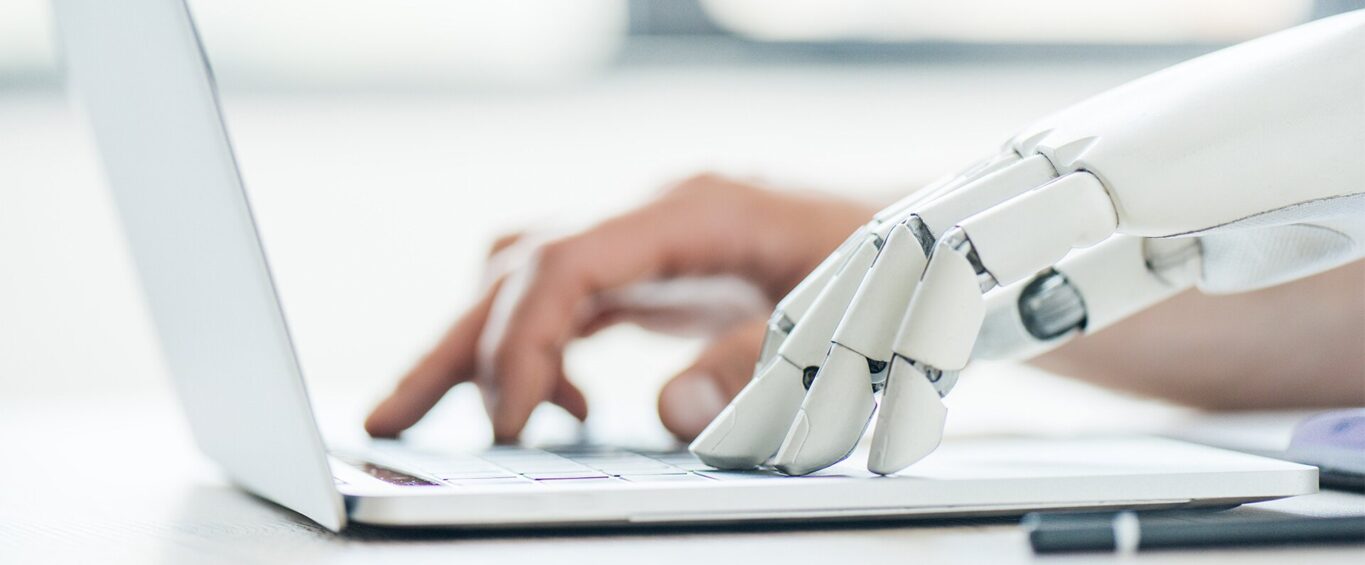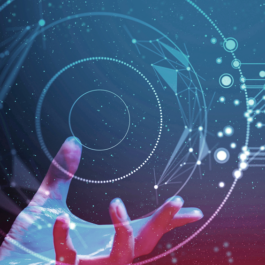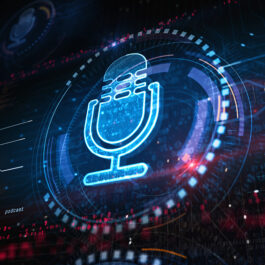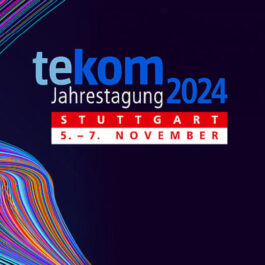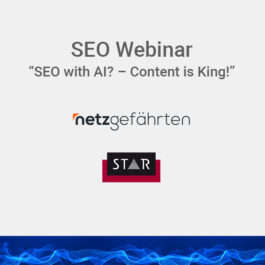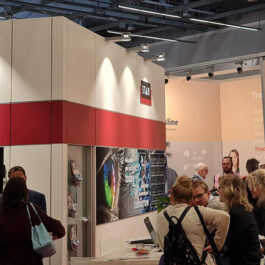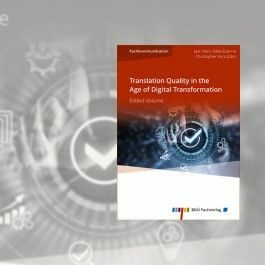Translating with pen and paper? Dragging around dictionaries and printing out terminology lists? If you hear those questions and picture yourself back at school before the new millennium, perhaps you will feel it even more keenly when you learn how the translation process has changed since that time thanks to the introduction of modern technology.
The first major revolution was in computer hardware, which was becoming increasingly powerful, along with the associated research into automated translation workflows. The industry-wide use of so-called CAT tools (computer-aided translation), i.e. software that could intelligently reuse text that had been previously translated as part of a previous project, was not far behind.
Machine translation has ushered in the second major revolution. So, should we send all the staff home and celebrate the miracle of machine translation?
We don’t think so…
Anyone who wants to add machine translation to their existing processes in a way that is efficient and sustainable for the long term will require a carefully considered quality management concept that incorporates the work of our talented language experts.
Hitting the mark, not missing it completely – we show you what matters!
Machine translation (MT) in day-to-day work
The influence of MT technology on modern life cannot be denied. Sometimes it is discreetly in the background as you scroll through supporting documents, sometimes it is obvious such as the use of translation software to overcome language barriers. The increase in globalisation coupled with the human desire to consume content in our own language have led to daily growth in the need for translations.
A variety of use cases have arisen out of this with sometimes very different requirements – from a simple transfer of information between colleagues to texts featuring complex language and content destined for target markets with demanding clientèle.
The demands on MT systems are high: More content in less time at a better price point. In order to keep up, good training and regular retraining is necessary!
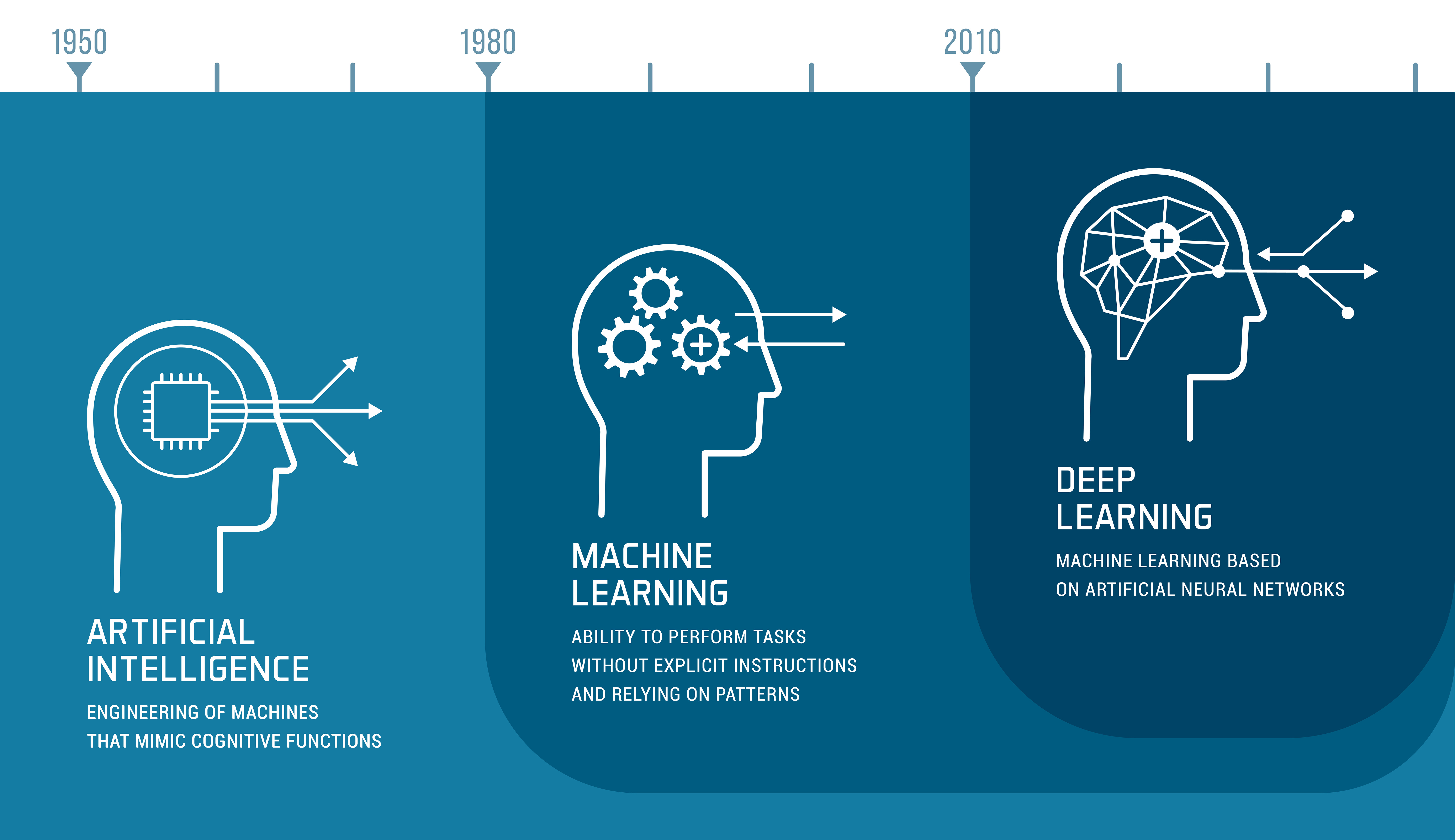
Good training is half the battle
The story of MT goes back to the 20th century, but it has only been in recent years, thanks to advances in the areas of language processing and deep learning, that it has been distilled into a technology with enormous flexibility that has shown clear advances in quality in comparison with the earlier versions.
Using what are known as neural machine translation engines (NMT), bilingual or multilingual text corpora containing verified translations are collated, cleaned and then language structures are defined with the help of deep learning algorithms. Over several training rounds, the results are checked and further perfected. With NMT, the information is even contextualized in the form of word clusters, which the system can use to decide the probability of certain word combinations appearing.
Impressive, isn’t it? Yes, but it’s not without errors.
The quality of the MT output is only as good as the material used to train it.
Do your texts contain incorrect terminology, inconsistencies or reference errors? Then the MT engine will almost certainly produce these errors as well.
When it comes to introducing an MT solution, we take you through the most important questions, step by step.
Click here to download our checklist
Would you like to efficiently and sustainably deploy machine translation for your projects?

